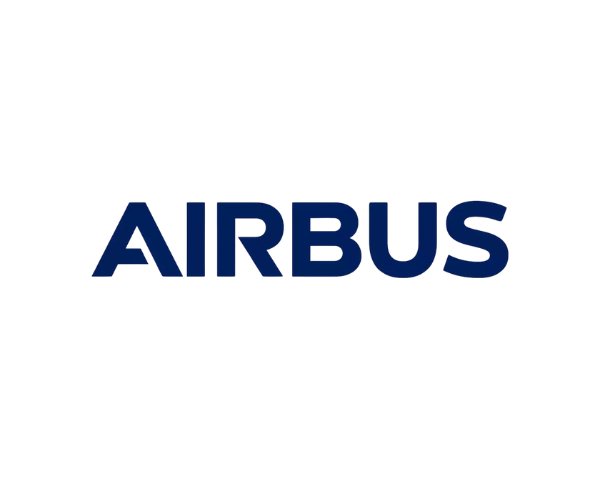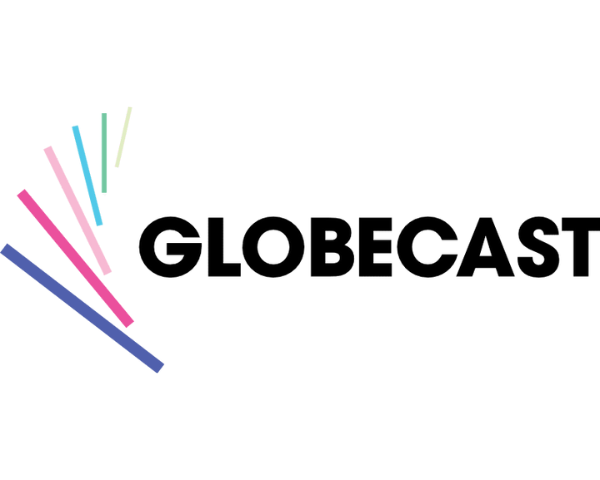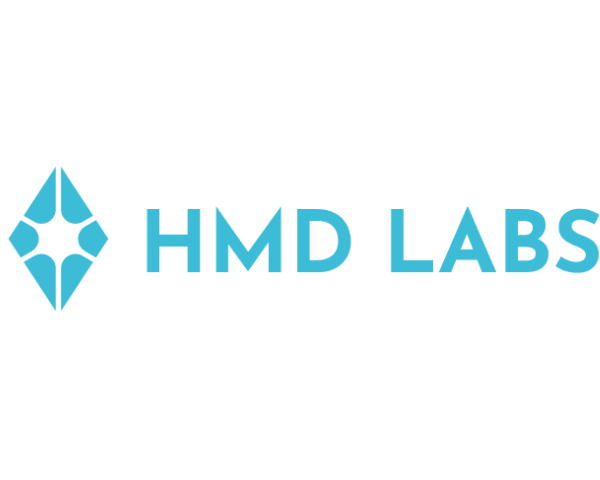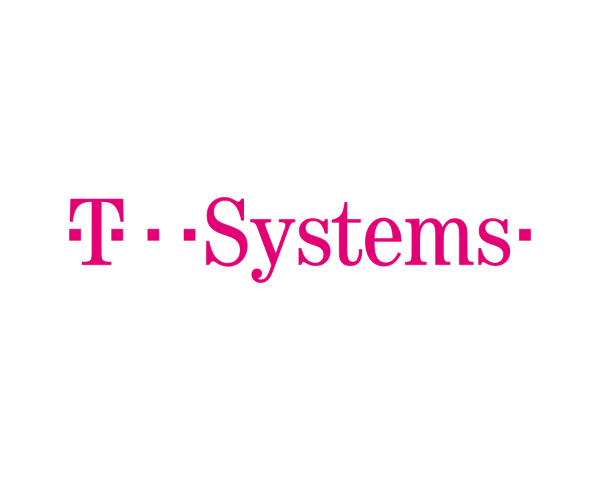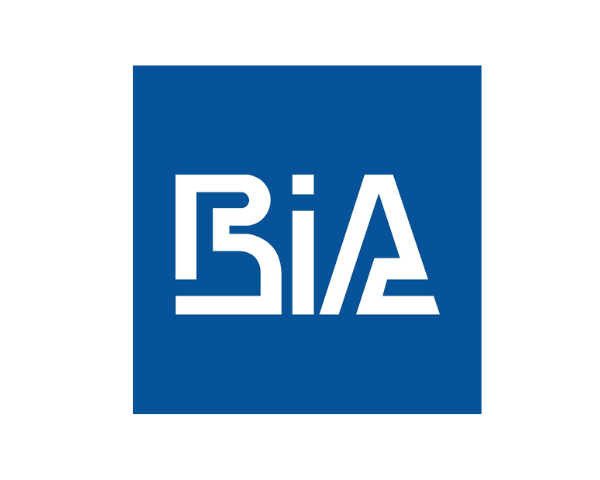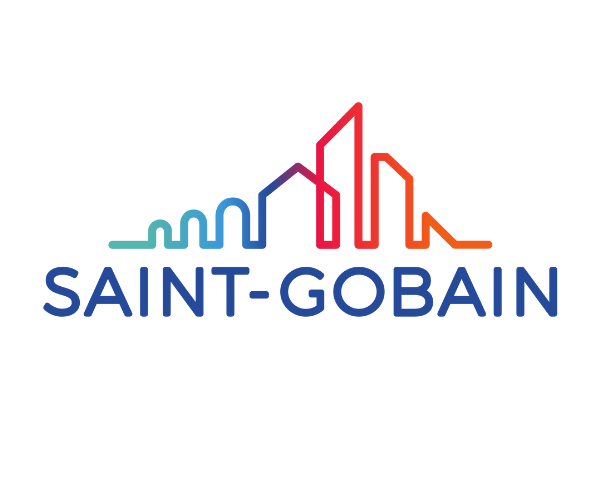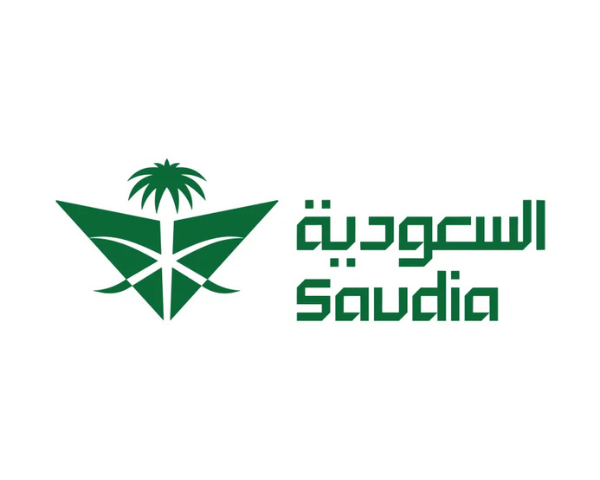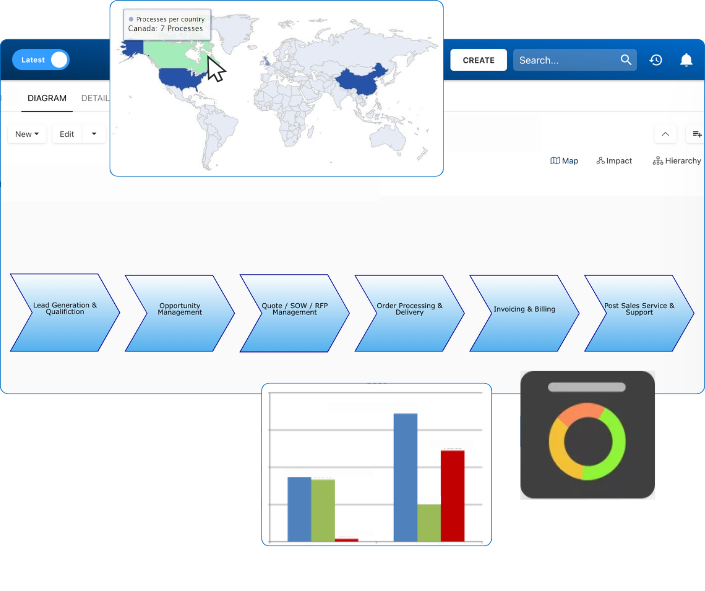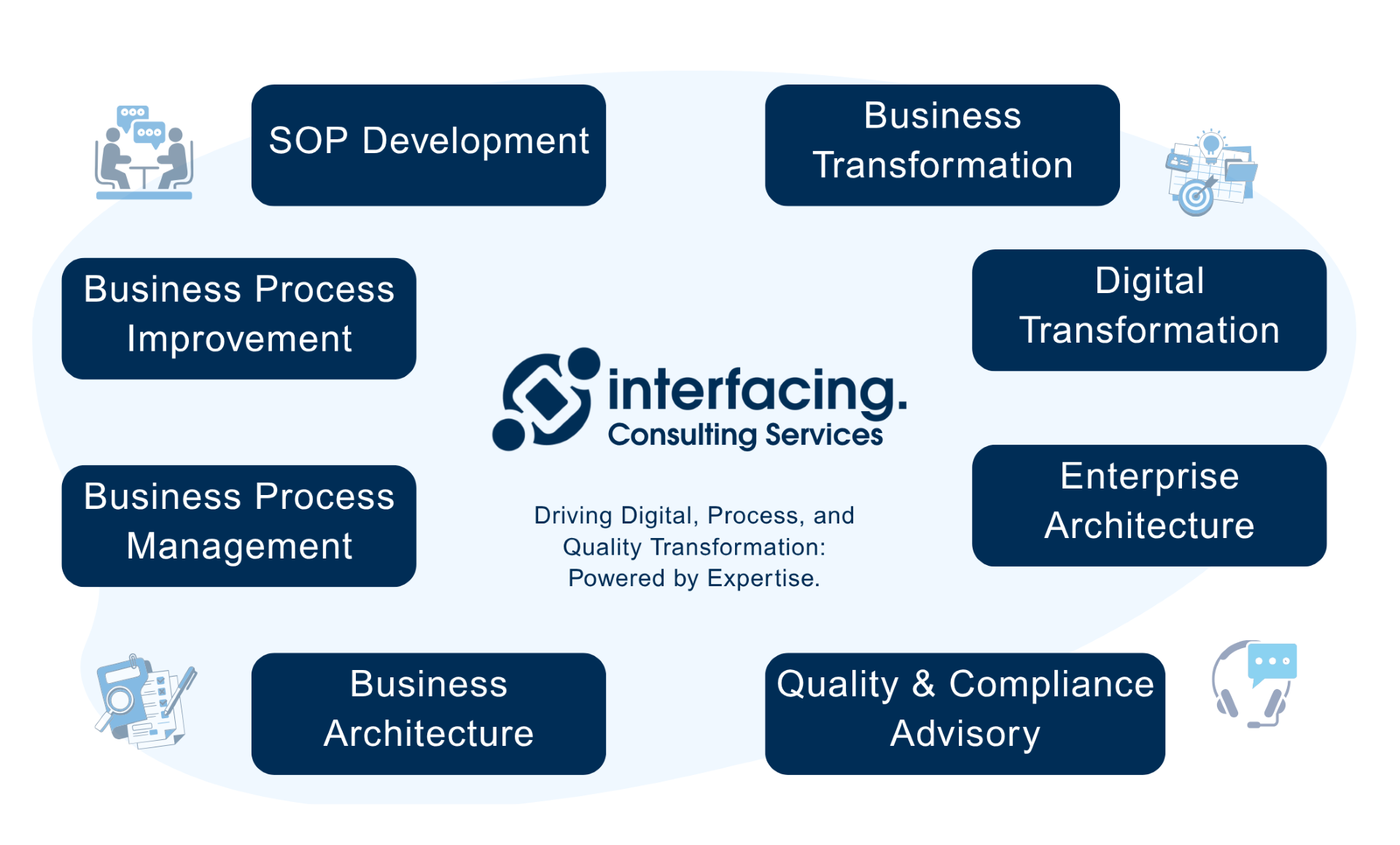- Business Process Management (BPM)Document Management System (DMS)Electronic Quality Management System (QMS)Risk, Governance & Compliance (GRC)Low Code Rapid Application Development (LC)Business Continuity Management (BCM)Enterprise Architecture (EA)Business Process Management (BPM)Document Management System (DMS)
- Document Control Overview
- AI Content Creation & Improvement
- Policy & Procedure Management (SOP)
- AI Content Mining Parser
- Collaboration & Governance
- Data Migration & Integration
- Interfacing Offline App
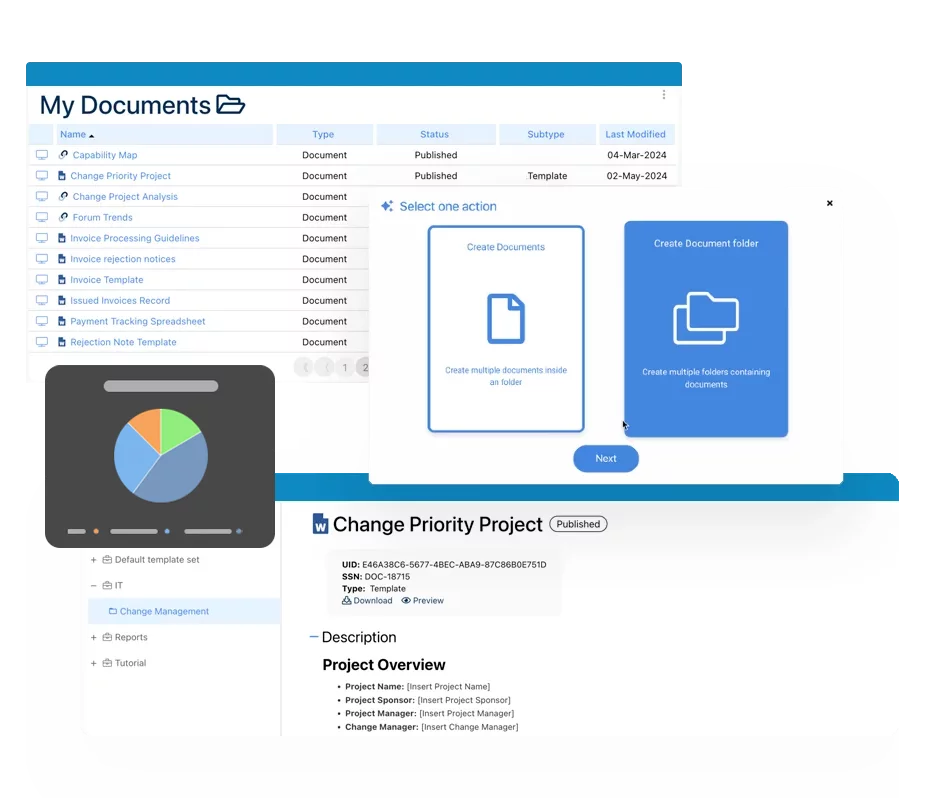 Electronic Quality Management System (QMS)
Electronic Quality Management System (QMS)- Quality Management System Overview
- Document Control & Records Management
- Audit & Accreditation Management
- Corrective & Preventative Action
- Quality Event (Non-conformity / Complaint/ Compliance)
- Risk Management
- Incident Management
- Environmental Health & Safety
- Product & Supplier Management (SCAR)
- Training Management
- Control Management
- Action Items Management
- Management Review
- FMEA
- Pharmacovigilance
- Data Migration & Integration
 Risk, Governance & Compliance (GRC)
Risk, Governance & Compliance (GRC)- Risk, Governance & Compliance Overview
- Risk & Control Management
- Regulatory Compliance
- Collaboration & Governance
- Data Migration & Integration
- Interfacing Offline App
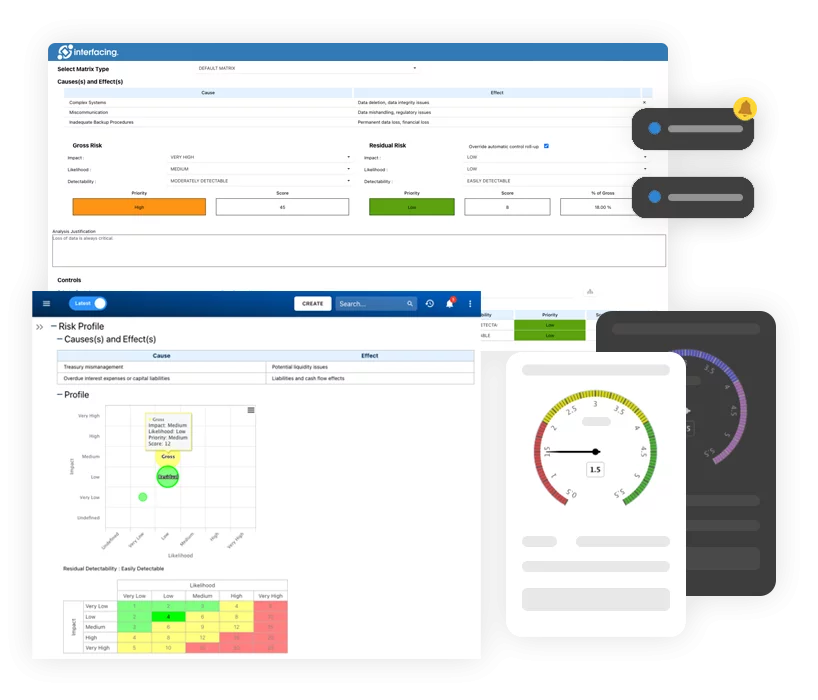 Low Code Rapid Application Development (LC)
Low Code Rapid Application Development (LC)- Low Code Automation Platform Overview
- Electronic Web Form Design (eFORMS)
- Database Table Entity Designer
- System Integration Designer
- Design & Manage Tasks
- Design & Manage BPMS Apps
- Custom Rules/Guards/Actions
- Electronic Services
- User Homepage
- BAM (Business Activity Monitoring)
- Custom Dashboard Design
- Data Migration & Integration
 Business Continuity Management (BCM)
Business Continuity Management (BCM)- Business Continuity Management Overview
- Business Impact Analysis
- Disaster Recovery Simulation
- Action Item Management
- Mass Notification Management
- Asset Management
- Interfacing Offline App
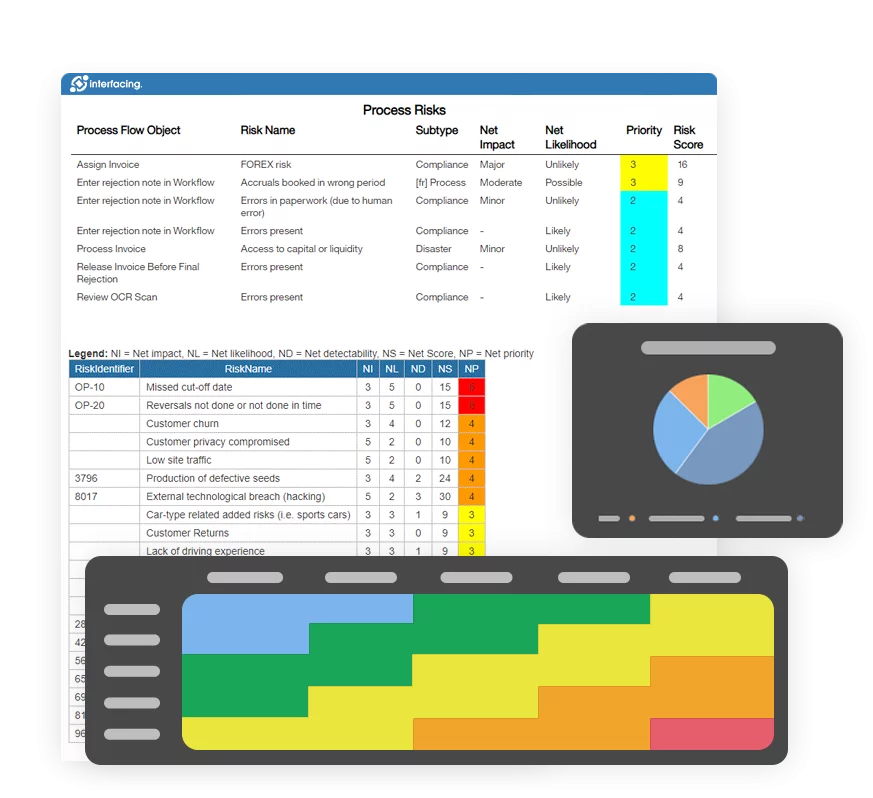 Enterprise Architecture (EA)
Enterprise Architecture (EA) - IndustriesRegulatory ComplianceUse CasesLearning CenterFramework & PracticesIndustries
- Healthcare
- Medical Device Technology
- Life Science, Pharmaceutical
- Aerospace & Defense
- Airlines and Aviation
- Media & Telecommunications
- Government and Military
- Technology
- Energy
- Logistics & Port Operations
- Banking & Capital Markets
- Retail & Consumer
- Consulting
- Education
- Engineering & Construction
- Manufacturing
- Financial Services
- Insurance
- Chemicals
Regulatory Compliance- Regulatory Compliance
- ISO
- ISO 9001 (guide)
- ISO 9001:2026 (preparation)
- ISO 17025
- ISO 27000
- ISO 27001
- ISO27002
- ISO 42001
- EU AI Act
- SOC 2 Type 1 & 2
- Sarbanes Oxley
- GxP
- GRC
- Basel
- Digital Signature
- GDPR
- IFRS
- NIST SP 800-53
 Use Cases
Use Cases- Quality Management System (QMS)
- Digital Transformation
- Continuous Improvement
- Governance, Risk & Compliance
- Knowledge Management
- System Deployment (ERP, CRM…)
 Learning CenterFramework & Practices
Learning CenterFramework & Practices - AboutCustomer SuccessPartners



What is DACI
Please Select contact form.
Streamlining Decision-Making with the DACI Framework


DACI is a responsibility matrix used to determine what roles team members will perform in decision making or when working on projects. This decision-making framework is designed to significantly improve a team’s effectiveness and speed on projects.
A Brief History of DACI
This model was originally developed by Intuit as a variant of the responsibility matrix known as RACI. RACI gets its name from the descriptions of each of the four types similar to DACI: Responsible (those assigned to do the work), Accountable (who owns the success or failure of the project outcome), Supported (in the case of RASCI – Individuals identified who are needed to support the task by providing resources towards completion of the task), Consulted (the experts providing knowledge on the project) and Informed (persons who need to be regularly updated on the project).
RACI (and its variant RASCI) work incredibly well for many types of business projects. There was one area though where a slight deviation would better serve projects and that was with product management. These particular teams face additional challenges as they are continually pushing forward on many levels simultaneously where strategic decision-making is needed. As the focus in this area is on specific individualized decision clarity, the DACI model better represents the framework to be used by product managers.

Driver
This is the project leader in the DACI model This person serves more as a project manager but does not have approval authority as that belongs to the Approver. An example would be a Driver who may schedule and run project meetings, assign tasks, gather ideas and distribute accordingly and maintains a record of the team’s progress.

Approver
The Approver in the model has the final say on a specific aspect of a project. Any given project may have more than one Approver on the team. For example, a company may have two co-founders and to increase decision making velocity, one will make the decision on specific aspects. Ultimately with the DACI model, the fewer Approvers, the better.

Contributers
Those persons who have been identified, that may be consulted upon for their expertise, opinions or because they have a unique vantage point that would help with project decisions. The Driver is the one who will select Contributors and determine how they will participate or be incorporated in the decision-making process. As an example, the Driver would decide whether to invite a contributor to project meetings to share thoughts or gather their insights separately offline.

Informed
Informed persons are not directly involved with the project daily operations. They also do not have authority over the teams’ decisions. This group needs to be updated though as the projects outcome will affect their own work output. Product management teams working on a product, might include customer support, sales & marketing, or other teams not directly involved with the project. This is because those departments will need to do their own planning or resource allocation based on the schedule of the products development timeline.
DACI Model: How its Used in Group Decision-Making
Create sub-tasks of the overall project and assign them to a Driver
Once DACI roles have been established first, the next move is to assign the Driver to spearhead the project overall.
From this point you will want to break the project down to create a task-level plan. It is not required at this stage to create deadlines or assign resources yet. Your goal is getting the teams buy-in to agree on prioritizing the tasks to start moving forward on the project.
This is also the setting where you will want to assign a Driver to each task. By doing this, tasks are less likely to fall between the cracks because each one is being championed and an advocate has been assigned to keep it in motion.
Assigning specific tasks to Approvers and Contributors
The team should now identify and agree on one Approver per task (ideally) and the Contributors who will be assigned.
The Driver will control at all times whether to add or remove Contributors as the team makes headway on the project and milestones are met. It is important though that at the start of each task, expert sources are identified and ready to consult at any time.
Defining the workflow
The Driver will begin their action plan development at this point. This is a good time for the Driver to reflect on answering certain questions related to a project startup:
- Is a kick-off meeting needed and who will be attending?
- What would team meetings schedules look like? How often will we meet?
- What is the expectation of working with our Contributors? What is the best use of their time?
- What will we use to track task progress? Will we use a project management application? Can our own software in-house handle the product project management needs?
- What’s the schedule of updating Informed persons look like? How often?
- What will be our decision-making process? Will the Driver pass on the teams input to the Approver and wait for a decision? Is it better to have the Approver and Consultants sit for a brief meeting to make immediate decisions on each task?
RACI and DACI: Using them effectively in a project
DACI – Great for Product Management (Decision making on a product project)
RASCI – Great for Process Management (Responsibilities of tasks & approvers on all projects)
The beginning of any project is the best time to create a RACI and DACI chart. Program management can be called in to help work through the details if required. Proceeding after conflict occurs will make coming to an agreement much harder to reach. Plan a working session to detail each task that needs to be completed and identify who is responsible for each. If your team is having great difficulty in achieving decision-making progress, then a DACI meeting may be needed to hash out any issues.
When it comes to product management, DACI’s framework can help team’s complete projects with increased efficiencies by bringing on a clear and definitive decision-making process to group decisions. By virtue of its unique position related to product managers facing strategic decisions on many fronts, the DACI model would help product managers processes in this specific area.

Final Thoughts
For every project though, a RACI (or RASCI) chart will always show if there is an imbalance in the workflow and help identify where overall pain-points can be avoided. RACI identifies who is responsible to complete specific tasks while DACI decides the course of action for a specific task or function. It is well within the scope of RACI to identify the overall responsibility matrix that DACI will perform under. DACI as it turns out, is an excellent compliment to the RACI responsibility model framework.
Why Choose Interfacing?
With over two decades of AI, Quality, Process, and Compliance software expertise, Interfacing continues to be a leader in the industry. To-date, it has served over 500+ world-class enterprises and management consulting firms from all industries and sectors. We continue to provide digital, cloud & AI solutions that enable organizations to enhance, control and streamline their processes while easing the burden of regulatory compliance and quality management programs.
To explore further or discuss how Interfacing can assist your organization, please complete the form below.

Documentation: Driving Transformation, Governance and Control
• Gain real-time, comprehensive insights into your operations.
• Improve governance, efficiency, and compliance.
• Ensure seamless alignment with regulatory standards.

eQMS: Automating Quality & Compliance Workflows & Reporting
• Simplify quality management with automated workflows and monitoring.
• Streamline CAPA, supplier audits, training and related workflows.
• Turn documentation into actionable insights for Quality 4.0

Low-Code Rapid Application Development: Accelerating Digital Transformation
• Build custom, scalable applications swiftly
• Reducing development time and cost
• Adapt faster and stay agile in the face of
evolving customer and business needs.
AI to Transform your Business!
The AI-powered tools are designed to streamline operations, enhance compliance, and drive sustainable growth. Check out how AI can:
• Respond to employee inquiries
• Transform videos into processes
• Assess regulatory impact & process improvements
• Generate forms, processes, risks, regulations, KPIs & more
• Parse regulatory standards into requirements

Request Free Demo
Document, analyze, improve, digitize and monitor your business processes, risks, regulatory requirements and performance indicators within Interfacing’s Digital Twin integrated management system the Enterprise Process Center®!
Trusted by Customers Worldwide!
More than 400+ world-class enterprises and management consulting firms




















